Softshell Turtles
- April 3, 2024
- 0 comment
Softshell turtles, fascinating aquatic reptiles, possess a unique charm with their distinctive appearance and behavior. Unlike their hard-shelled counterparts, softshell turtles are characterized by their flattened, leathery shells and streamlined bodies. These remarkable creatures are primarily found in freshwater habitats across various continents, including North America, Asia, and parts of Africa. Preferring sandy or muddy bottoms in slow-moving rivers, lakes, and wetlands, softshell turtles display a remarkable ability to adapt to diverse environments.
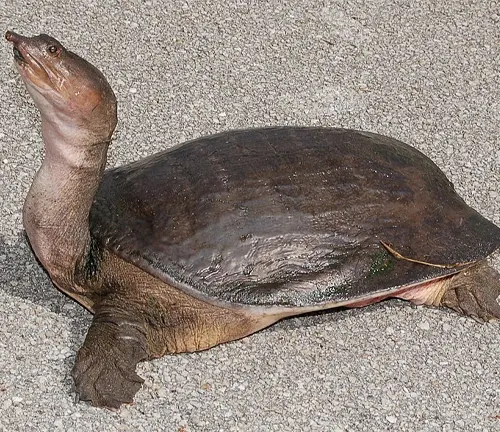
With their long necks and powerful limbs, they are agile predators, preying on fish, crustaceans, insects, and even amphibians. Despite their formidable hunting prowess, softshell turtles also exhibit a serene side, often seen basking in the sun on rocks or logs. However, despite their resilience, softshell turtles face numerous threats, including habitat loss, pollution, and overexploitation for the pet trade and traditional medicine. As stewards of the natural world, it’s crucial for us to understand and appreciate these fascinating creatures, working together to ensure their continued survival for generations to come.
| Specification | Description |
|---|---|
| Scientific Name | Trionychidae |
| Shell Structure | Flattened and leathery |
| Skin Texture | Smooth and rubbery |
| Limb Adaptations | Long, webbed feet for efficient swimming |
| Primary Diet | Carnivorous; feeds on fish, crustaceans, insects, and amphibians |
| Habitat | Freshwater habitats such as rivers, lakes, and wetlands with sandy or muddy bottoms |
| Geographic Range | North America, Asia, and parts of Africa |
| Behavioral Traits | Agile predators; adept at basking in the sun for thermoregulation |
| Conservation Status | Facing threats from habitat loss, pollution, and overexploitation for the pet trade and traditional medicine |
| Cultural Significance | Symbolizes longevity, wisdom, and resilience in various cultures |
Softshell Turtles: A Fascinating Look into Their World

Softshell turtles are intriguing creatures that inhabit freshwater ecosystems across the globe. With their unique physical characteristics and adaptive behaviors, they have captured the curiosity of researchers and nature enthusiasts alike. In this article, we delve into the world of softshell turtles, exploring their biology, behavior, conservation status, and more.
Softshell turtles belong to the family Trionychidae and are characterized by their flattened shell, flexible skin, and elongated neck. Unlike other turtles, they lack horny scutes on their shells, giving them a soft and leathery appearance. These turtles are primarily aquatic and can be found in various freshwater habitats, including rivers, lakes, and marshes.
Physical Characteristics
Softshell turtles are easily recognizable by their unique shell structure and skin texture. Instead of a hard, bony shell, they possess a soft, leathery covering that is flexible and streamlined for swimming. Their skin is smooth and rubbery, providing minimal resistance in water. Additionally, softshell turtles have long, webbed feet adapted for efficient paddling.

Habitat and Distribution
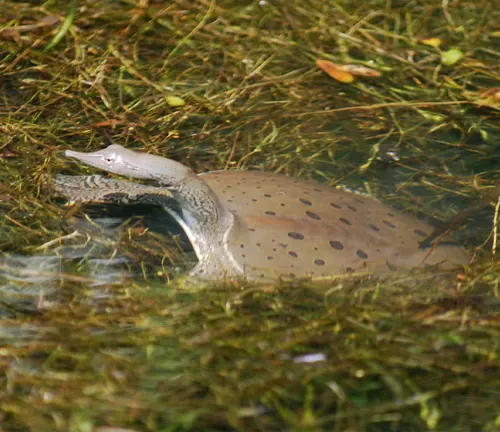

Softshell turtles are widely distributed across North America, Asia, and parts of Africa. They inhabit freshwater bodies with sandy or muddy bottoms, where they can bury themselves to hide from predators and ambush prey. These turtles are most commonly found in slow-moving rivers, oxbow lakes, and wetlands with ample vegetation.
Diet and Feeding Habits
Softshell turtles are opportunistic predators, feeding on a variety of aquatic organisms, including fish, crustaceans, insects, and amphibians. They use their long necks to strike at prey with remarkable speed and accuracy. Softshell turtles are also known to scavenge for carrion and consume plant matter occasionally.

Reproduction and Life Cycle
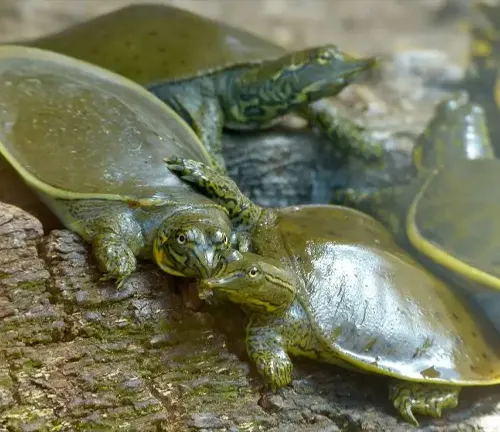
During the breeding season, male softshell turtles use their long claws to grasp onto the female’s shell and mate. Females typically lay their eggs in sandy or gravelly substrate near the water’s edge, where they dig shallow nests to deposit their eggs. After an incubation period of several weeks, the hatchlings emerge and make their way to the water, where they begin their journey to adulthood.
Behavioral Adaptations
Softshell turtles are well-adapted to their aquatic lifestyle, with streamlined bodies and powerful limbs for efficient swimming. They are also known to bask in the sun on logs or rocks, regulating their body temperature and absorbing ultraviolet radiation for vitamin D synthesis.
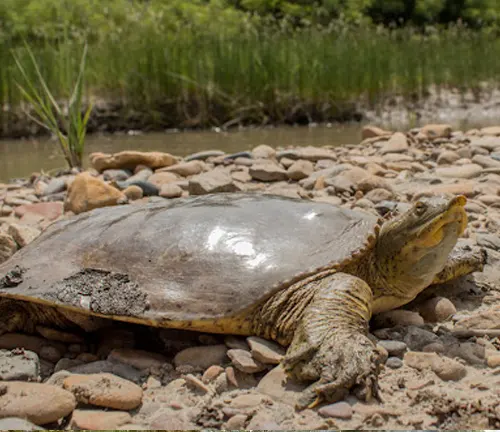
Conservation Status
Like many freshwater species, softshell turtles face numerous threats to their survival, including habitat loss, pollution, and overexploitation for the pet trade and traditional medicine. Several species of softshell turtles are listed as endangered or critically endangered, highlighting the urgent need for conservation efforts to protect these vulnerable creatures.
Human Interaction
Softshell turtles play a vital role in maintaining healthy aquatic ecosystems by controlling populations of prey species and scavenging decaying organic matter. In recent years, conservation initiatives involving local communities have been launched to raise awareness about the importance of protecting softshell turtles and their habitats.
Keeping Softshell Turtles as Pets
While softshell turtles may seem like intriguing pets, they require specialized care and a suitable aquatic habitat to thrive. Prospective owners should research the specific needs of softshell turtles and ensure they can provide adequate space, filtration, and nutrition before considering them as pets. It is also essential to verify the legality of keeping softshell turtles as pets, as regulations vary by region.
Health Concerns
Softshell turtles are susceptible to various health issues, including shell rot, respiratory infections, and nutritional deficiencies. Pet owners should monitor their turtles closely for signs of illness and seek veterinary care promptly if needed. Providing a balanced diet, clean water, and appropriate environmental conditions can help prevent common health problems in softshell turtles.
Cultural Significance
Softshell turtles hold cultural significance in many societies, symbolizing longevity, wisdom, and resilience. In some cultures, they are revered as sacred animals and feature prominently in folklore and religious ceremonies. Their presence in traditional art and literature reflects the deep connection between humans and the natural world.
Myths and Misconceptions
Despite their intriguing nature, softshell turtles are often misunderstood, leading to myths and misconceptions about their behavior and ecology. Debunking these misconceptions is essential for fostering a better understanding of softshell turtles and promoting their conservation.
Interesting Facts
- Softshell turtles can remain submerged for extended periods, thanks to their efficient respiratory system and ability to absorb oxygen through their skin.
- Some species of softshell turtles are capable of producing vocalizations, including grunts and hisses, as a form of communication.
- Softshell turtles are known for their remarkable agility in water, using their streamlined bodies and webbed feet to navigate swiftly and evade predators.
Different Species
Florida Softshell Turtle
(Apalone ferox)
Found in the southeastern United States, particularly in Florida, this species is known for its large size and aggressive temperament.


Chinese Softshell Turtle
(Pelodiscus sinensis)
Native to East Asia, including China and Vietnam, this species is commonly raised for food and traditional medicine.
Spiny Softshell Turtle
(Apalone spinifera)
Distributed across North America, from Canada to Mexico, this species is recognizable by its spiny shell and elongated snout.
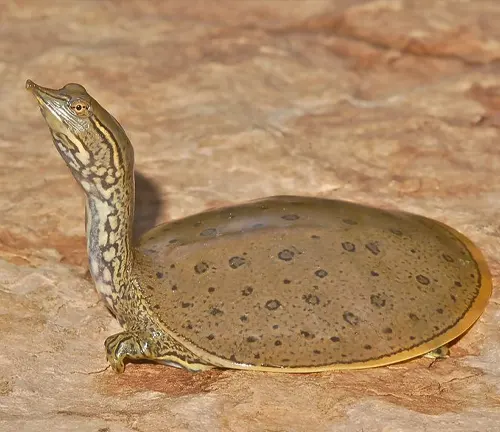
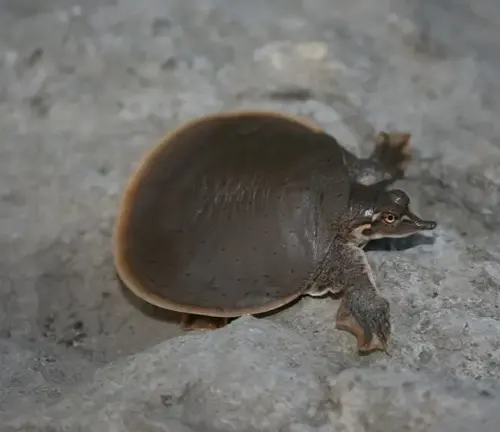
Smooth Softshell Turtle
(Apalone mutica)
Also found in North America, this species is characterized by its smooth, leathery shell and streamlined body.
Indian Softshell Turtle
(Nilssonia gangetica)
Native to South Asia, particularly India, Bangladesh, and Nepal, this species inhabits rivers, lakes, and ponds.
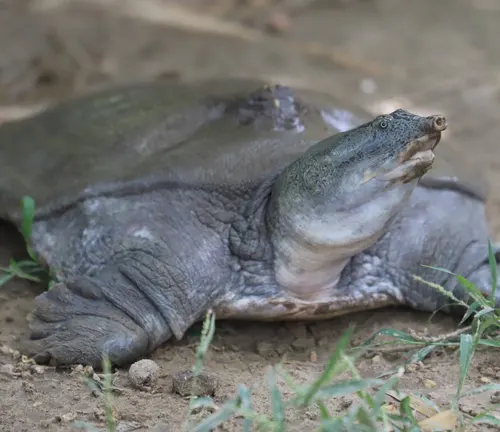

Eurasian Softshell Turtle
(Rafetus euphraticus)
Found in the Middle East, particularly in countries bordering the Euphrates River, this species is critically endangered due to habitat loss and overexploitation.
Frequently Asked Questions (FAQs)
- What do softshell turtles eat?
Softshell turtles primarily feed on fish, crustaceans, insects, and amphibians. Their diet may also include plant matter and carrion. - How big do softshell turtles get?
Softshell turtles vary in size depending on the species, but they can grow to be quite large, with some reaching lengths of over two feet. - Are softshell turtles good pets?
Softshell turtles can make interesting pets for experienced reptile keepers. However, they require specialized care and a large aquatic habitat, so they may not be suitable for everyone. - Do softshell turtles need UVB light?
Yes, softshell turtles require UVB light to help them metabolize calcium and vitamin D, which are essential for their overall health and shell development. - How often do softshell turtles bask?
Softshell turtles often bask in the sun to regulate their body temperature and absorb UV rays. The frequency of basking may vary depending on factors such as temperature and availability of basking spots. - Can softshell turtles be aggressive towards humans?
Softshell turtles are generally not aggressive towards humans, but they may bite if they feel threatened or are mishandled. It’s essential to handle them with care and respect their space. - What is the lifespan of softshell turtles?
Softshell turtles have relatively long lifespans, with some species living for several decades or even over a century in captivity with proper care. - How do softshell turtles breathe underwater?
Softshell turtles have specialized adaptations that allow them to absorb oxygen through their skin while submerged. They also have lungs and must come to the surface periodically to breathe air. - Are softshell turtles endangered?
Some species of softshell turtles are endangered or critically endangered due to habitat loss, pollution, and overexploitation. Conservation efforts are underway to protect these vulnerable species. - Do softshell turtles lay eggs?
Yes, female softshell turtles lay eggs, typically burying them in sandy or gravelly substrate near the water’s edge. The eggs hatch after an incubation period, and the hatchlings make their way to the water. - Can softshell turtles live in saltwater?
Softshell turtles are primarily freshwater turtles and cannot tolerate high levels of salinity. They require freshwater habitats such as rivers, lakes, and ponds to survive.



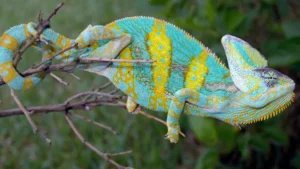


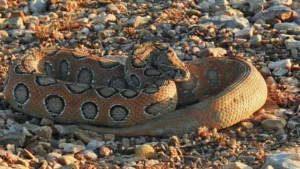
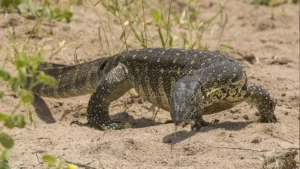

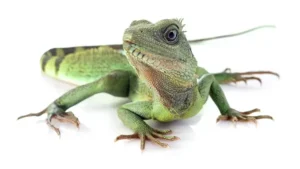
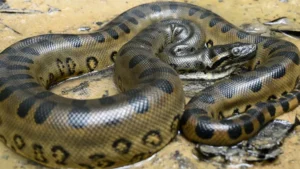
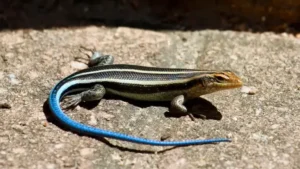

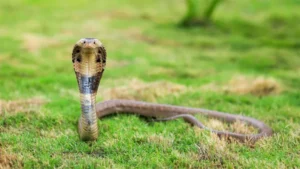
Leave your comment